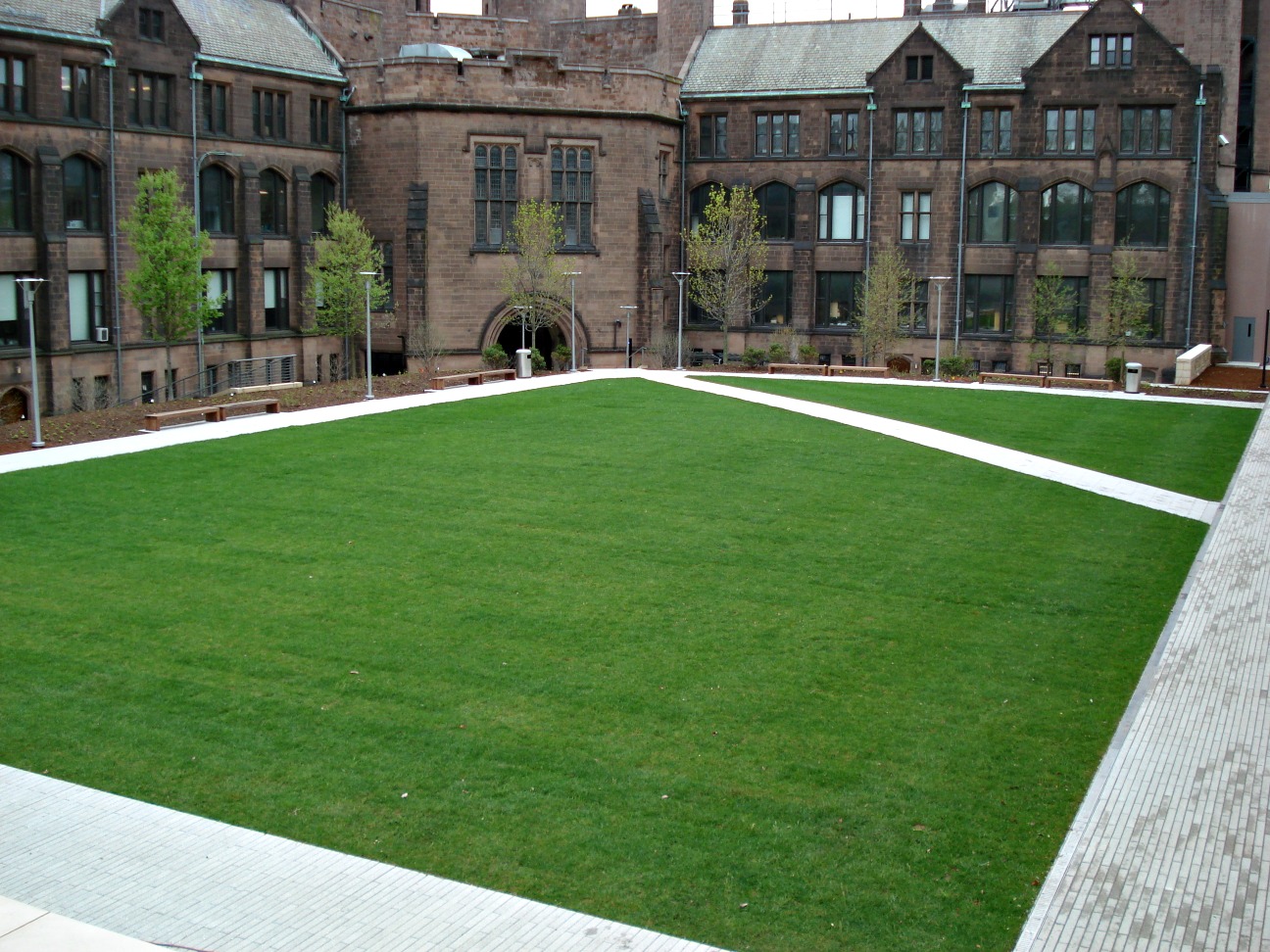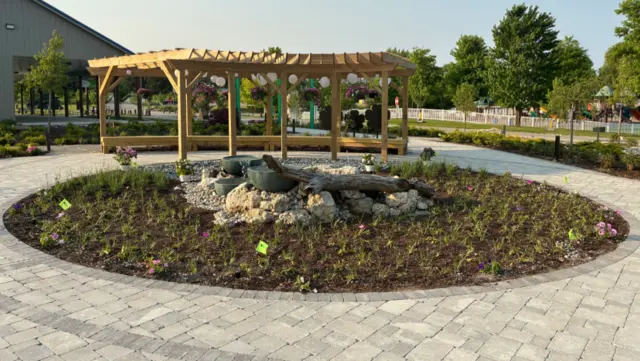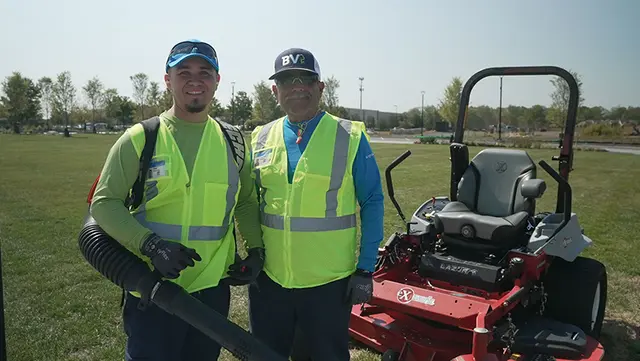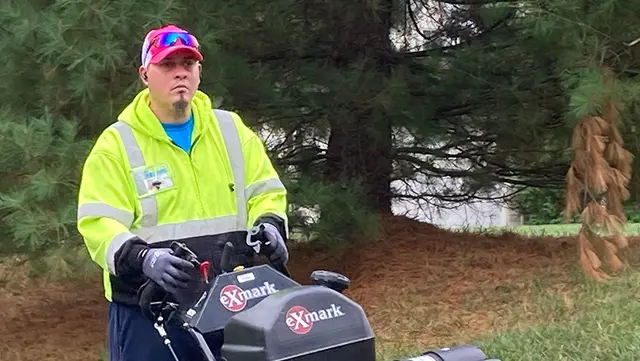
The Secret to Healthy Turf
Aeration and overseeding are the key to rebuilding a healthy, thick lawn
Is your lawn suffering from the harsh summer heat? Aeration and overseeding are the key to rebuilding a healthy thick lawn.
We’re in the height of summer, which is a tough time on your turf while it battles to stay healthy. Some areas will not win the fight, creating bare, thin patches. To rebuild a healthy, thick lawn, core aeration and overseeding at least once per year will yield noticeable results.
Of all the things that contribute to a lush lawn, core aeration and overseeding are second only to proper irrigation in its effectiveness.
What is Core Aeration and Overseeding?
Core aeration breaks down hard soils and thatch, the layer of dead and living blades and roots that naturally builds up on any turf. This opens the way for air, water, and fertilizers to reach the root zone. Aeration also creates a topdressing and access for seeds to nest. Once the rains of the fall and spring begin, newly seeded areas begin to germinate. You will start to see the results of turf renovation when bare and thin patches begin to improve this fall, with the most noticeable impact in the spring.

How Does it Work?
Aeration removes thousands of plugs of soil from the turf and deposits them above the thatch. As the plugs breakdown, the soil mixes with the thatch and speeds up the natural process of decomposition. The growth pockets that are created when lawn aeration cores are removed put food and water within easy reach of the turf roots. The root system of the grass grows toward these pockets and becomes deeper and stronger. Core aeration allows the soil to expand, which means roots can penetrate deeper and further. Better roots mean a greener, thicker, and healthier turf.
Overseeding broadcasts seeds over a large area and is done in the fall.
When Should Turf be Aerated?
Early fall is the preferred time for aeration because seeds can germinate faster in the warm soil and continue to establish itself through the cooler weather of the fall and winter. Annual aeration is beneficial for most lawns.
What Can I Expect?
Immediately after aeration, your lawn will be dotted with small plugs pulled from the soil. About seven to 10 days after aeration, the holes will be filled with white, actively growing roots. These roots are a sign that the turfgrass is responding to the additional oxygen, moisture, and nutrients in the soil from the aeration process. Don’t expect miracles from a single aeration, particularly on lawns growing in extremely poor soils. Lawns that receive this care will be healthier, more vigorous, easier to maintain, and have fewer pest problems.
What are the Benefits?
- Core aeration helps the lawn’s health and vigor and it reduces maintenance requirements.
- Core aeration keeps thatch under control and reduces the need for expensive renovations.
- It creates growth zones in the soil that better captures air, water, and fertilizer, putting them within easy reach of turf roots.
In some cases, lawns deteriorate over a period of years to the point where they cannot be nurtured back to an acceptable level of quality through just aeration and overseeding alone. In these cases, turf renovation may be required. We will cover this in-depth with another article.
Great Service, Beautiful Landscapes
Benefit from a comprehensive landscape maintenance plan designed to meet your needs and exceed your expectations, all delivered by a team invested in your success.



